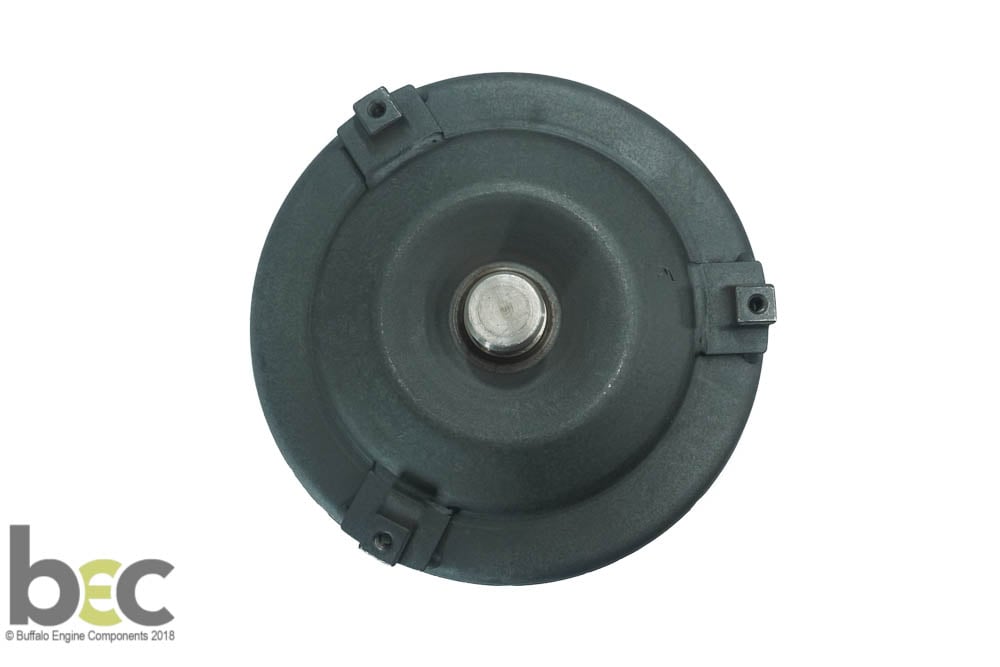

When the two halves of the torque converter get up to speed, this clutch locks them together, eliminating the slippage and improving efficiency.For those who may not know, the 6L90-E is based on a very old and outdated platform of 6-Speed Torque Converter style RWD transmissions that were notorious for torque converter failure, internal crossleakage and overheating. To counter this effect, some cars have a torque converter with a lockup clutch.
6L90 TORQUE CONVERTER MANUAL
This is part of the reason why cars with automatic transmissions get worse gas mileage than cars with manual transmissions. Ideally, though, the transmission would move at exactly the same speed as the engine, because this difference in speed wastes power. This effect only happens when the engine is turning much faster than the transmission.Īt higher speeds, the transmission catches up to the engine, eventually moving at almost the same speed. Modern torque converters can multiply the torque of the engine by two to three times.

In addition to the very important job of allowing your car come to a complete stop without stalling the engine, the torque converter actually gives your car more torque when you accelerate out of a stop. This is similar to what happens in the turbine: The fluid is being flung out the back in one direction, but not as fast as it was going to start with in the other direction.Īt these speeds, the fluid actually strikes the back sides of the stator blades, causing the stator to freewheel on its one-way clutch so it doesn't hinder the fluid moving through it. If you were standing in the back of a pickup moving at 60 mph, and you threw a ball out the back of that pickup at 40 mph, the ball would still be going forward at 20 mph. At this point, the fluid returns from the turbine, entering the pump already moving in the same direction as the pump, so the stator is not needed.Įven though the turbine changes the direction of the fluid and flings it out the back, the fluid still ends up moving in the direction that the turbine is spinning because the turbine is spinning faster in one direction than the fluid is being pumped in the other direction. There is a point, around 40 mph (64 kph), at which both the pump and the turbine are spinning at almost the same speed (the pump always spins slightly faster). Something a little bit tricky happens when the car gets moving. Because of this arrangement, the stator cannot spin with the fluid - it can spin only in the opposite direction, forcing the fluid to change direction as it hits the stator blades. A one-way clutch (inside the stator) connects the stator to a fixed shaft in the transmission (the direction that the clutch allows the stator to spin is noted in the figure above). The stator has a very aggressive blade design that almost completely reverses the direction of the fluid.

This dramatically increases the efficiency of the torque converter. Its job is to redirect the fluid returning from the turbine before it hits the pump again.

The stator resides in the very center of the torque converter.


 0 kommentar(er)
0 kommentar(er)
